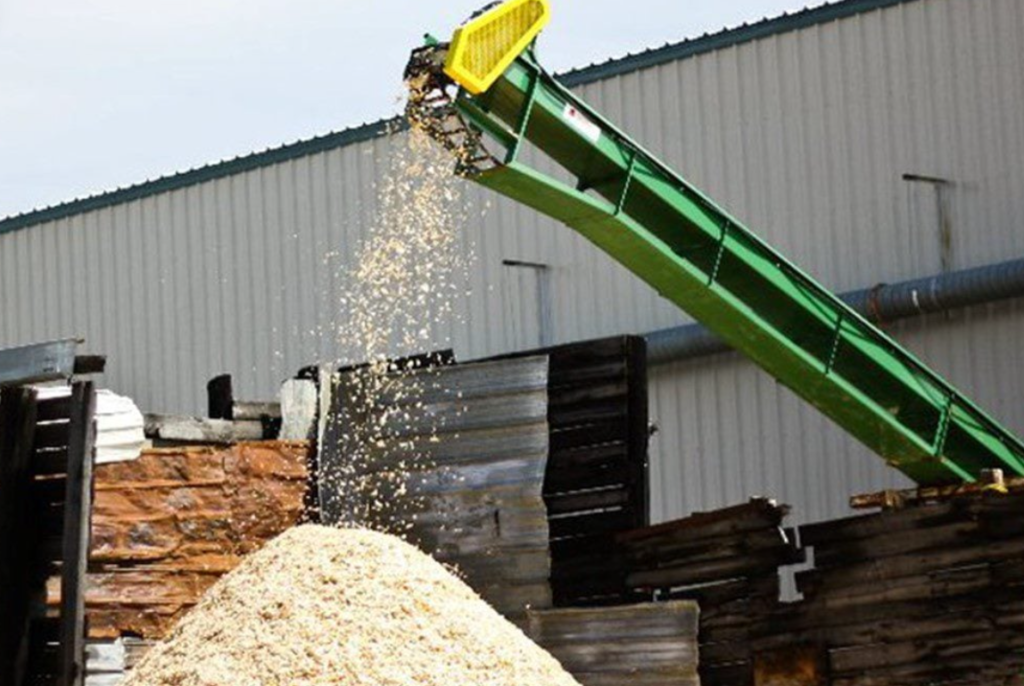Ontario needs 'aggressive' plan to bring prosperity back to industry, experts say
Over the past seven months, there have been major plant closures at pulp mills in Espanola and Terrace Bay, Ontario, and a corrugated board lining plant in Trenton, and the closure of a cellulose plant in Temiskaming, Quebec, has led to a large supply of wood from Ontario.
While these factory closures seem sudden, the process of shuttering factories begins years before companies make a conscious decision not to reinvest.
Lower pulp prices would make the decision to mothball a mill much easier. Reopening a mothballed mill, especially one that has been abandoned, is very expensive, even to bring it up to an acceptable operating standard, let alone modernize it.
Why did the Terrace Bay and Espanola pulp mills close while the Dryden and Thunder Bay mills continue to operate? The Dryden mill, which opened in 1983, and the Thunder Bay mill, which opened in 1976, are not new, but they have undergone maintenance and upgrades.
These two pulp mills feed into sawmills in Ear Falls, Atikokan, Ignace and Thunder Bay by purchasing chips and residues from the mills.
With no large-scale pulp production taking place east of Lake Nipigon anymore, what is the future for large sawmills in eastern Ontario?
These sawmills relied on pulp mills to buy chips and residues: White River Lumber had 1,600 truckloads of chips, and Hornpayne Lumber had 1,200 chips sitting on the ground with nowhere to take them, which amounts to about 18,000 tons of pulp.
Sawmills will be forced to cut production if they can't find a home for the leftover lumber.
This “bleak outlook” for the forestry industry calls for an aggressive plan of action to restore prosperity to the pulp and paper industry in Ontario, particularly in the Northeast.
Ontario's boreal forests contain high-quality wood fibre that produces some of the world's best northern bleached softwood kraft pulp.
Northern Ontario has a strong, well-trained and capable contractor infrastructure that can harvest, deliver and replant large volumes of fiber.
The incredible growth in First Nations involvement in forestry operations in Northern Ontario is creating ESG (environmental, social and governance) opportunities — it just takes leading companies wanting to invest in Ontario.
We have previously recommended that the Ontario government seek international advice and restructure its forest industry by removing restrictive timber commitments. We go further and propose a five-point action plan:
1. Develop a strategy to modernize, diversify and integrate the forest sector into the bioeconomy.
2. Develop specific programs to help modernize the sector and encourage investment, including tax incentives, grants, low-interest loans, infrastructure improvements, offices to help potential investors understand regulatory requirements, workforce training, and research and development partnerships.
3. Appoint a team to advocate for Ontario and work with potential international investors. This team will highlight Ontario's strengths and include expertise in global marketing and communications, international business development, supply chain and logistics, and Indigenous and local community relations.
4. Evaluate the current status of the Terrace Bay and Española pulp mills and determine the level of investment required to reach acceptable operating standards.
5. Engage with First Nations, Métis and local communities to strengthen their support and participation. Coordinate with federal assistance programs.
There is hope for Ontario's forestry industry, but only if government at all levels acts swiftly and decisively.
Jeremy Williams, Arborvitae Environmental Services Ltd.
Bud Knauf, RJ Knauf & Associates
Tom Clark, CMC Consulting
Don Huff, Eco-Strategy



